May 26, 2011 7:00 AM CDT
Each time an area of the quarry is chemically blasted, 30 to 50 tons of rock are produced. Oversized pieces are broken apart with a hydraulic hammer. Rock is dumped into a box with a vibrating plate, and then enters a jaw crusher. It is reduced to seven-inch pieces and then sent up a conveyor belt to begin the separation process. More than 10 sizes will eventually be sorted. The rocks are washed and sold to companies as aggregate, sand or other materials. A total of five companies are actually located at the quarry. Private citizens can buy aggregate and boulders for landscaping as well.
Some acreage of the Lafarge quarry property has been reserved for wild life in partnership with the National Wildlife Federation.
Also, located at the quarry is an Aggregate Lab and business office. Testing of Lafarge products takes place at the lab as well as testing for other agencies, state departments, etc. The lab also is the site of cutting-edge research and development, conducted by a team that includes a resident geologist. Materials are cured onsite and tested to check PSI standards, etc.
The adherence to safety rules and regulations leaves a strong impression on quarry visitors, as does the cleanliness of the lab and even the quarry. Lafarge runs a tight ship to produce its highly regarded products. Take a look through the images from the visit to learn more from our visit.
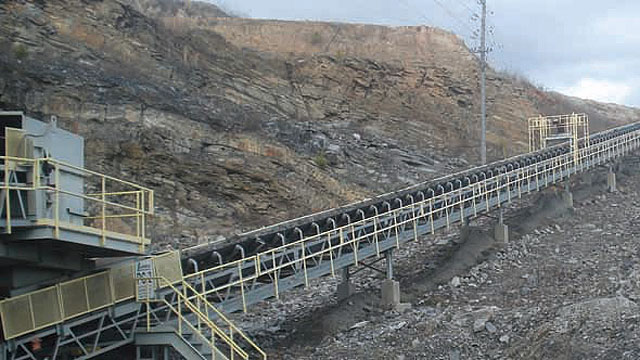
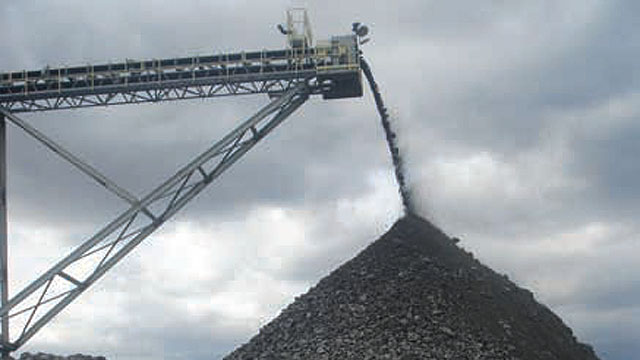
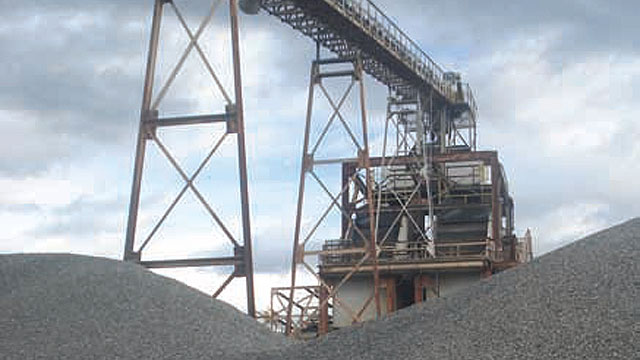
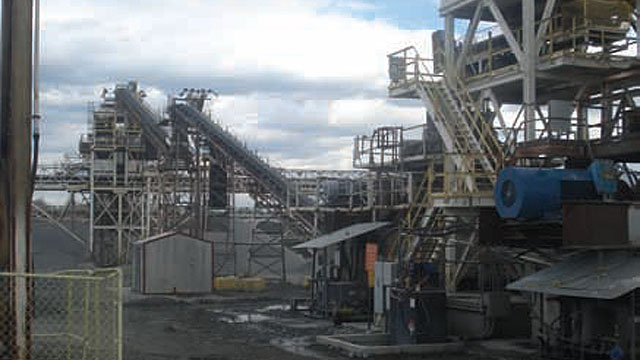
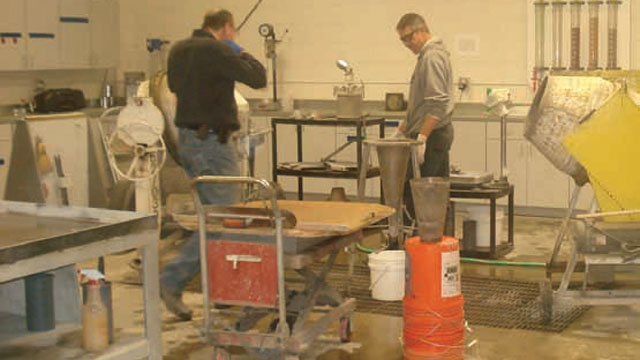
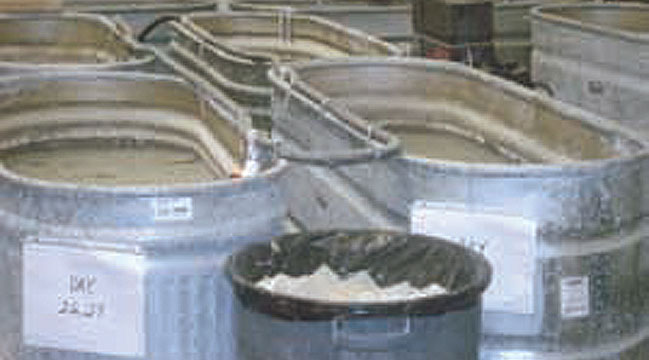
Lafarge’s Rock Quarry and Aggregate Lab
Masonry tours the state-of-the-art facilities
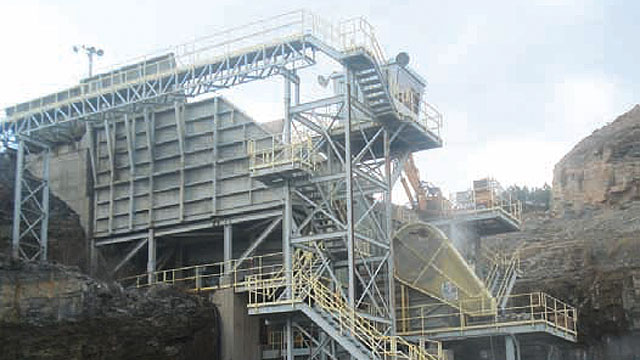
Freshly quarried rock is dumped into a jaw crusher and crushed into 7” pieces.
Recently, I toured Lafarge’s Cumming, Ga., 500-acre rock quarry and Aggregate Lab. Plant Manager David Stewart delivered a world-class view of the quarry, which has been in operation since the 1970s, to me and Masonry Advertising Director Marvin Diamond. A state-of-the-art Aggregate Lab is the home of endless testing of materials and products. The many functions of the quarry and lab truly are fascinating.Each time an area of the quarry is chemically blasted, 30 to 50 tons of rock are produced. Oversized pieces are broken apart with a hydraulic hammer. Rock is dumped into a box with a vibrating plate, and then enters a jaw crusher. It is reduced to seven-inch pieces and then sent up a conveyor belt to begin the separation process. More than 10 sizes will eventually be sorted. The rocks are washed and sold to companies as aggregate, sand or other materials. A total of five companies are actually located at the quarry. Private citizens can buy aggregate and boulders for landscaping as well.
Some acreage of the Lafarge quarry property has been reserved for wild life in partnership with the National Wildlife Federation.
Also, located at the quarry is an Aggregate Lab and business office. Testing of Lafarge products takes place at the lab as well as testing for other agencies, state departments, etc. The lab also is the site of cutting-edge research and development, conducted by a team that includes a resident geologist. Materials are cured onsite and tested to check PSI standards, etc.
The adherence to safety rules and regulations leaves a strong impression on quarry visitors, as does the cleanliness of the lab and even the quarry. Lafarge runs a tight ship to produce its highly regarded products. Take a look through the images from the visit to learn more from our visit.

Rock is moved up a conveyer after going through the screen-sifting process. It falls off the long conveyor onto a mound. There are more than 10 sizes of rock as well as a dust bi-product mined at the quarry.

At the end of the conveyor belt, rock drops off into a pile, so that it can begin the process of being sifted through a series of screens. It falls through the screen holes to separate out larger pieces.

The Lafarge rock quarry in Cumming, Ga., has been in operation since the 1970s and consists of more than 500 acres of land. Five companies are located on the site, which produces more than 3 million tons of aggregate per year.

Crushed rock is shaken through screens with differently sized holes, and then sent up separate conveyer belts to appropriate piles. It is sold to companies located onsite and all over the Southeast. Individuals can purchase the rock as well.

The Aggregate Lab is large and well equipped. Lafarge wants to do as much testing as possible at the lab, which is also the business unit for the company’s eastern seaboard.

The Aggregate Lab includes a state-of-the-art curing room. Located in the curing room are cure tanks to cure materials being tested at the lab.
Originally published in Masonry magazine.
About the Author
Jennifer Morrell was the editor of Masonry magazine. She has 20 years of experience in the publishing industry as a writer and editor, covering such topics as real estate and construction, insurance, health care, relationships and sports. A graduate of The University of Georgia’s Grady College of Journalism, she earned a Bachelor of Arts degree in magazines and is an award-winning newspaper columnist.


















